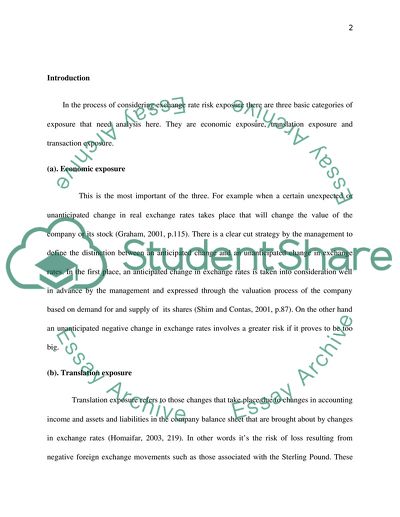Cite this document
(Hedging as a Strategic Option at the Firm Level Coursework - 1, n.d.)
Hedging as a Strategic Option at the Firm Level Coursework - 1. Retrieved from https://studentshare.org/finance-accounting/1721238-international-finance
Hedging as a Strategic Option at the Firm Level Coursework - 1. Retrieved from https://studentshare.org/finance-accounting/1721238-international-finance
(Hedging As a Strategic Option at the Firm Level Coursework - 1)
Hedging As a Strategic Option at the Firm Level Coursework - 1. https://studentshare.org/finance-accounting/1721238-international-finance.
Hedging As a Strategic Option at the Firm Level Coursework - 1. https://studentshare.org/finance-accounting/1721238-international-finance.
“Hedging As a Strategic Option at the Firm Level Coursework - 1”, n.d. https://studentshare.org/finance-accounting/1721238-international-finance.


